BIRD OF THE WEEK: THE PILEATED WOODPECKER

Think of a crow.
Its brilliant coal-black body.
Now paint white stripes down its neck, add a striking flaming red colour to its crest, a neat dark-red moustache and a bill as long as its head and voila - a Pileated Woodpecker!
When this gorgeous bird you have just created spreads his magnificent wings, look at the white underwings and take a moment to appreciate the art of nature!
The Pileated Woodpecker, the original “Woody-Wood Pecker”, is one of the largest woodpeckers, if not the largest forest bird on the continent. (The Ivory-billed woodpecker would have been the next size up except that it is now sadly almost extinct.)
Males and females have the same colouring and the only way to differentiate between them is the redness of their crests. Females and juveniles have smaller crests that are a much paler red and only reach the middle of their head, making it look a bit like a receding hair line. Also, their moustache is black.
From way up in Canada right down to the eastern parts of the United States, these woodpeckers love deciduous or mixed deciduous-coniferous forests. You will most likely spot them, and certainly hear them, as they roam through suburban areas and parks.
Though there was a great decline in their numbers due to mass deforestation in the 19th and 20th centuries, some forests have gone through massive regeneration and luckily for us, their numbers have gone up again.
Pileated Woodpeckers can meet their demise by owls, squirrels, hawks and snakes. The oldest known to us reached the ripe old age of 12 years and 11 months!
In case you missed last week's bird-of-the-week: The Black-capped Chickadee.
Which bird feeders suit Pileated Woodpeckers?
This non-migratory bird isn’t the earliest bird at the feeder. They are shy and suspicious - but once they get used to your feeder they could stick around all year and further more, pairs may even bring their young there.
If you have dead or downed logs on your property and it’s in a safe location, consider leaving them there, as this could be a great attraction, not only for their source of food but also as a nesting location. If you see holes about 3-6 inches big, that could be a sign that the Pileated Woodpecker has paid a visit!
Since Pileated Woodpeckers love to eat wild grape and Virginia creepers especially during the colder months of the year - that could be another way to get them to your garden.
Other than that - suet feeders or wooden tubes are probably your best bet.
What do Pileated Woodpeckers eat?
These lovely flyers peck away at dead trees and fallen logs, looking for the main item on the menu: beetle larvae and carpenter ants. But they could just as well be carpenters themselves because with their powerful bills, they can carve perfect rectangular holes in the wood to reach the ant-nests.
These “nest holes” subsequently provide shelter for owls, ducks and bats, among others, and of course, attract others types of birds to enjoy the meal excavated by the woodpeckers.
The Pileated Woodpecker’s tongue is long and barbed to extract the insects found deep in the holes. But though pecking and using their tongues to get at the insects is their main groove, they will also peel the bark off the tree to find their meals, or just graze the ground for nuts and fruits.
Mr. and Mrs. Woody Woodpecker
Like most species, Pileated Woodpeckers have their own unique courtship dance.
The movements consist of the male bowing, scraping and trotting sideways in a
circle around the female.
Pileated Woodpeckers mate for life. They defend their territory together in all seasons, but are more tolerant of new arrivals when it gets cold. The nest is a perfect circle, usually in a rotted tree or downed log - sometimes even a telephone pole!
The female usually lays 4 eggs. They are incubated by both male and female for 15 to 16 days. Also, both feed the nestlings when the little ones come around. Equal rights here!
After a period of about 24 - 28 days, the young will leave the nest. However, the adults and youngsters will stay together like a family, the adults showing their young how to find their own food. Come winter, the youngsters will finally fly off to find their own territory.
Each pair creates one brood per season. If it is attacked by predators, the couple will try to mate again in the same season. If not, another year, another brood.
Though these woodpeckers mate for life, if one dies before the other, the remaining bird will send out its mating call to other territories in the hope of finding another mate. One hopes at least the surviving bird would carry a memory of the dear departed in his or her heart!
That’s the Woody-Woodpeckers song!
The unique and well known drumming sound can be heard from a great distance! This is not only the sound of the tireless search for food but also the mating call AND the sound of territory defence! Such busy multi-taskers…
The drumming behaviour has evolved from a kind of “woodpecker's jungle telegraph,” almost a tribal tom-tom system, each drum roll indicating a specific species, mating call or even emotional state.
Listen to a few examples:
Pileated Woodpecker call:
Pileated Woodpecker drum:
FUN FACTS!
1. Perfectionism.
The rectangular holes the Pileated Woodpeckers “drill” with their powerful bills can be so big that they can actually cause small trees to break down and collapse!
Timberrrr!
2. Drummers with no headaches!
Pileated Woodpecker bills can absorb the drumming shock throughout their thick skull when pecking. Us humans would feel a lot pain if we hit our heads against something as hard as the bark of a tree, but woodpeckers don't seem to mind!
3. Fuzzy wuzzy noses.
Woodpeckers have fuzzy noses! Feathers cover their nostrils to keep splinters and dust out of the way as they peck on!
4. Balance
The Pileated Woodpeckers have strong tail feathers letting the bird hold itself on a tree trunk or telephone pole. They lack two back toes to lean back on.

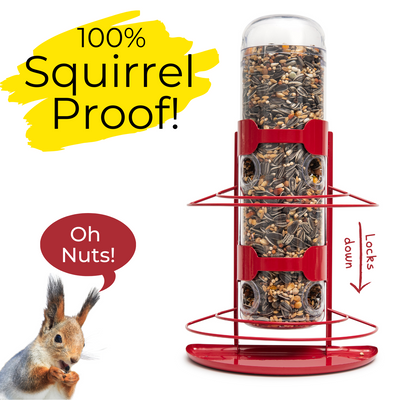
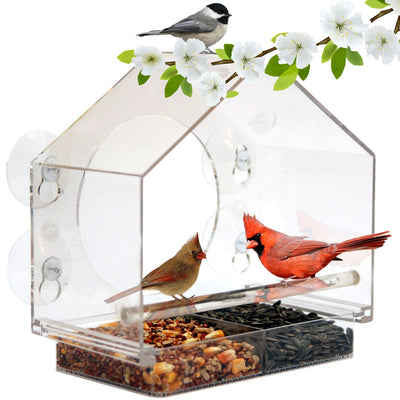

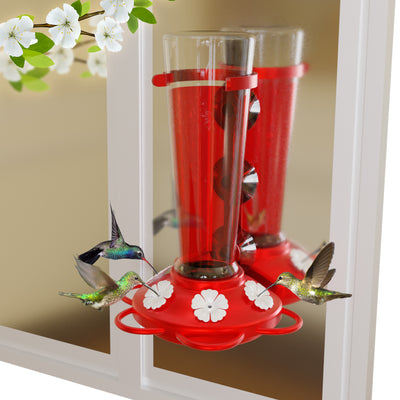

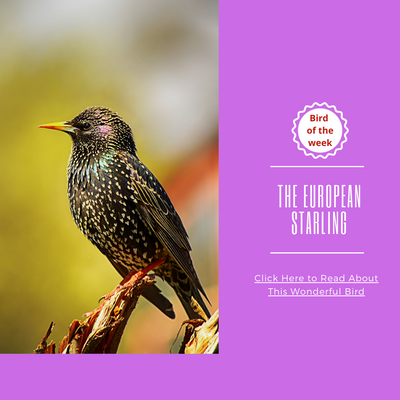
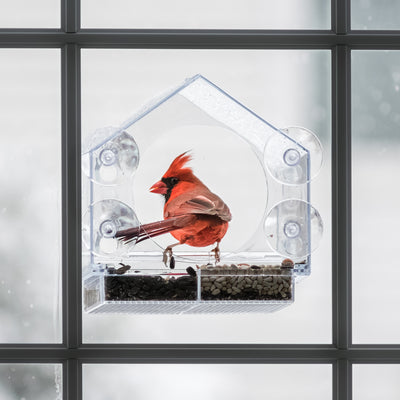
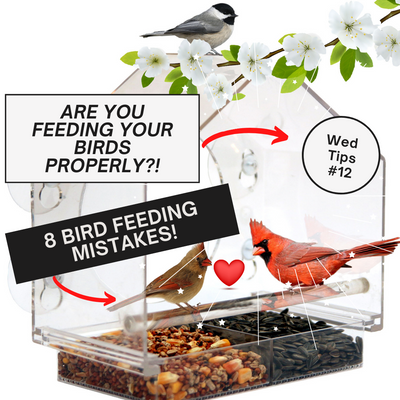

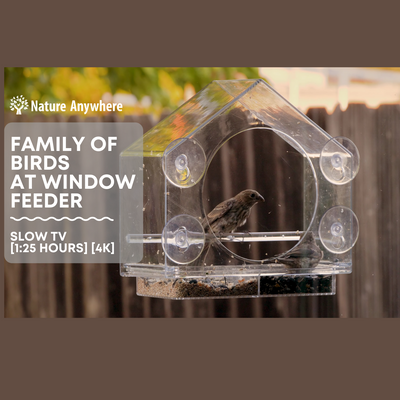

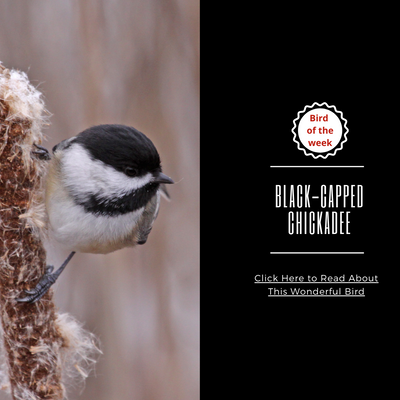
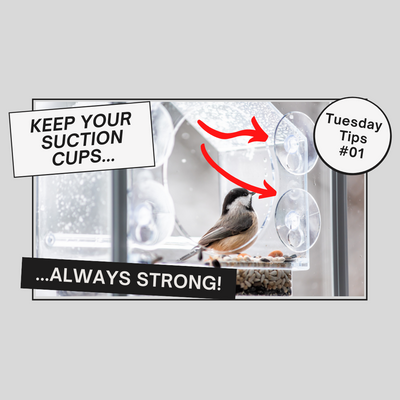
I was on holiday last week in North Devon on a farm and we saw two woodpeckers with red caps on their heads
would they be pileated wood peckers